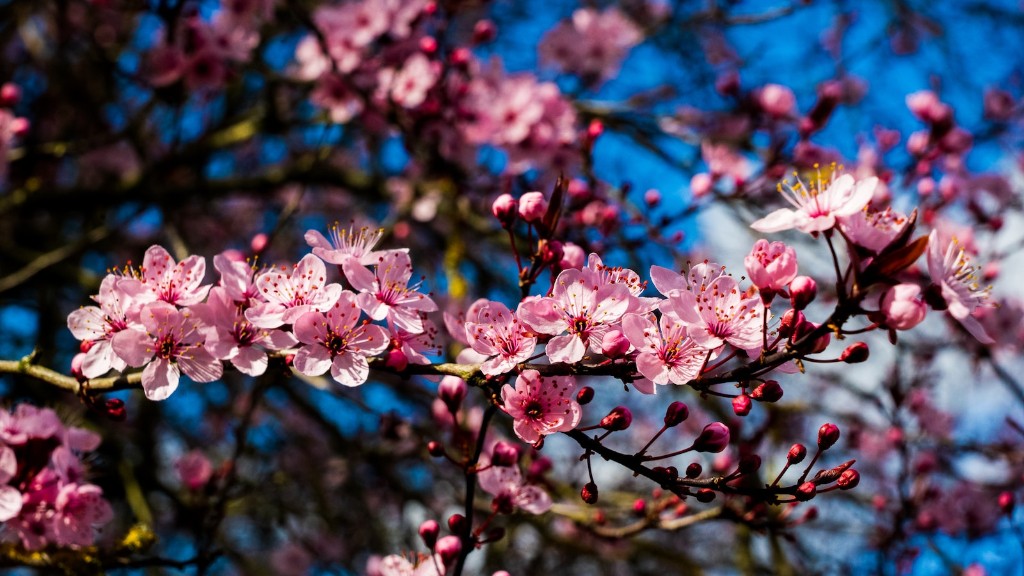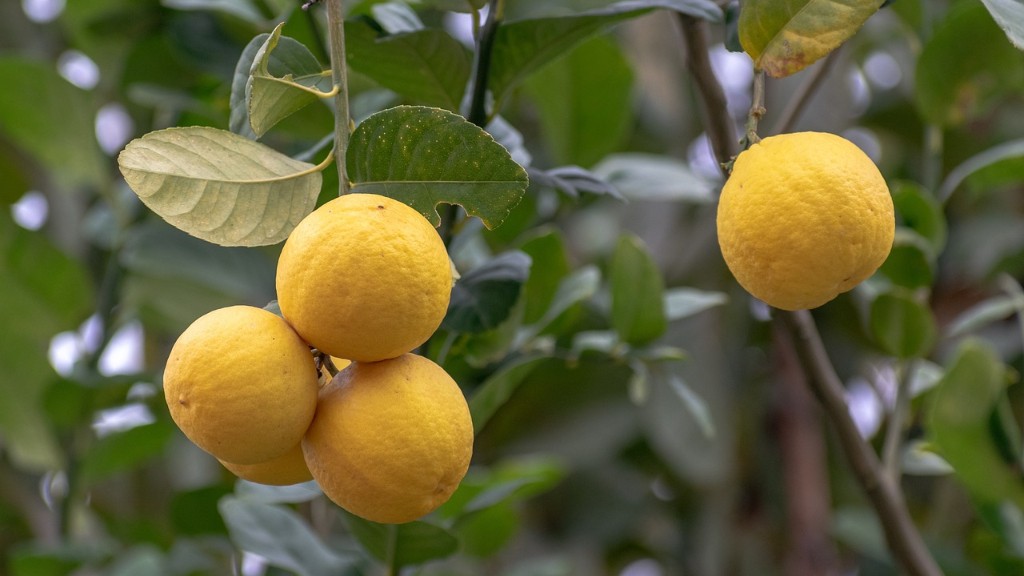Snow fountain weeping cherries are one of the most beautiful trees in any garden. These delicate trees usually come in varieties of either white or pink flowers. Not only do the trees provide beauty for the garden, but they are also easy to care for. Proper care for snow fountain weeping cherry trees is key to ensuring the long-term health and beauty of your tree. Here are some tips and tricks for caring for your snow fountain weeping cherry tree.
Watering
The most important aspect of snow fountain weeping cherry tree care is watering. Make sure to water your tree regularly and provide ample amounts of water to keep it hydrated. Water gently at the base of the tree so as not to disturb the roots. Make sure the soil is kept evenly moist, not wet. Over-watering can cause root rot. In the summertime, it is recommended to water twice a week and in the winter it is best to water once a week.
Fertilizer
Fertilizer adds essential nutrients to the soil and helps promote growth. When adding fertilizer to your snow fountain weeping cherry tree, look for a mix specifically for flowering trees that includes both nitrogen and phosphorus for maximum blooms. Fertilizer should be applied every spring, after the tree has bloomed. Be sure to spread evenly around the tree, avoiding the trunk.
Sunlight
Make sure your snow fountain weeping cherry tree receives plenty of sunlight. These types of trees love the sun and will thrive if planted in a sunny location. Areas that receive partial shade are also acceptable, but be aware that the amount of blooms produced may be less than in a sunnier location.
Mulching
Adding mulch to your snow fountain weeping cherry tree is a beneficial way of controlling weeds and helping retain moisture in the soil. Mulch should be spread around the tree in a three to four inch layer. Avoid piling mulch too close to the tree’s trunk as this can lead to rot. Organic materials such as wood chips and bark are great mulching materials.
Pruning
Pruning is an important task for snow fountain weeping cherry tree care. These trees tend to have drooping branches that can get long and need to be trimmed back. Prune back around late winter or early spring to help maintain the desired shape and size of the tree. Be sure to use sharp pruning shears and avoid pruning too much from the tree.
Insects and Disease Prevention
Regularly inspect your snow fountain weeping cherry tree for signs of insects and diseases. Common signs to watch for are yellow or brown spots, leaf wilting, or bark discoloration. If detected, contact a professional to help identify the problem and how to treat it. Applying fungicides and insecticides to help prevent any issues can be beneficial.
Protection from Winter Weather
Protecting your snow fountain weeping cherry tree from cold winter weather is important. When freezing temperatures are expected, wrap the tree in a burlap cloth and secure it with twine. This will help protect the tree and keep it warm. It’s also a good idea to add a layer of mulch to the base for extra insulation. Remove the burlap and twine when temperatures start to warm up.
Wrapping The Trunk
Covering the trunk of the snow fountain weeping cherry tree with tree wrap is another way to protect it from damage during cold weather. The wrap should be applied in the spring, about halfway up the trunk, before freezing temperatures come. The wrap will help keep the bark from splitting or cracking due to extreme temperature changes. Be sure to remove the wrap when temperatures start to warm up in the spring.
Shielding From Winter Sun
Shielding the snow fountain weeping cherry tree from winter sun is important. Snow can reflect 80% of the sun’s rays and can burn the bark of a tree. To protect the tree, place a tree shield around the trunk. This will help protect the bark and shield it from the harsh rays of the sun. Make sure to remove the shield in the spring when the weather warms up.
Summer Care
During the summer months, it is important to provide proper care for your snow fountain weeping cherry tree. Water regularly, taking care not to over-water. Fertilize regularly to promote healthy growth. Shield the tree from extremely hot weather by offering partial shade as this will help avoid leaf burning or scorching. Lastly, trim any branches that start to droop or get overgrown.
Shelter From Winds
Winds can be damaging to snow fountain weeping cherry trees. To help protect the tree, provide some shelter from strong winds by planting a hedge or evergreen around the tree. This will help buffer the winds and keep the tree from getting damaged. Make sure not to plant the hedge too close to the tree as it may not receive enough sunlight.
Pests and Predators
Snow fountain weeping cherry trees can be susceptible to different types of pests and predators. Common pests include aphids, mites, and scale. To help keep these pests away, make sure to inspect the tree regularly for signs of infestation. If you do find evidence of pests, contact a professional for advice on how to treat the problem.
Proper Maintenance
Proper maintenance is key to keeping your snow fountain weeping cherry tree healthy. Clean up any fallen branches or leaves regularly and rake away any debris. Prune and shape the tree to maintain the desired shape, size, and form. Make sure to use sharp pruning shears so as not to damage the bark. Add mulch to the base of the tree to help regulate soil temperature and moisture levels.
Conclusion
Caring for a snow fountain weeping cherry tree is not as challenging as it may seem. With a little bit of knowledge and effort, you can keep your tree healthy and beautiful for years to come. Proper watering, fertilizing, pruning, and shielding from the elements are all important steps in caring for your snow fountain weeping cherry tree. For more specific tips and advice on caring for your tree, contact a local arborist for professional guidance.


